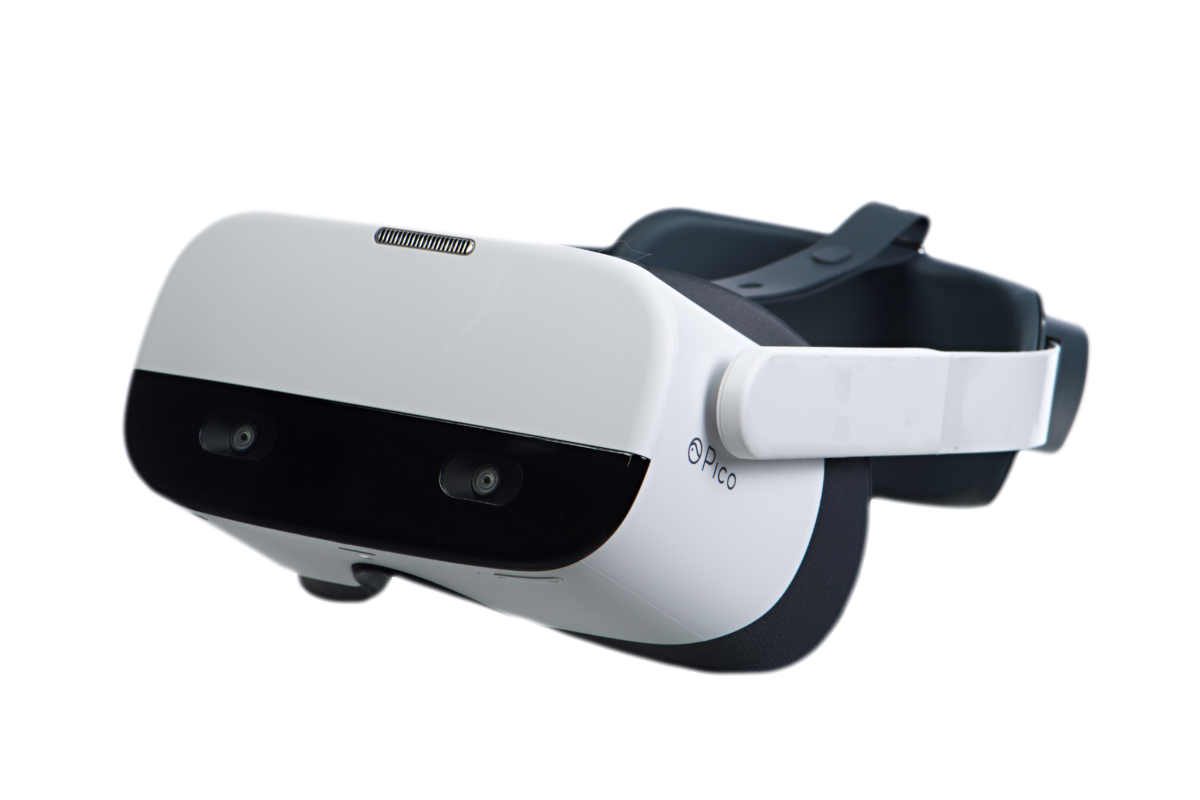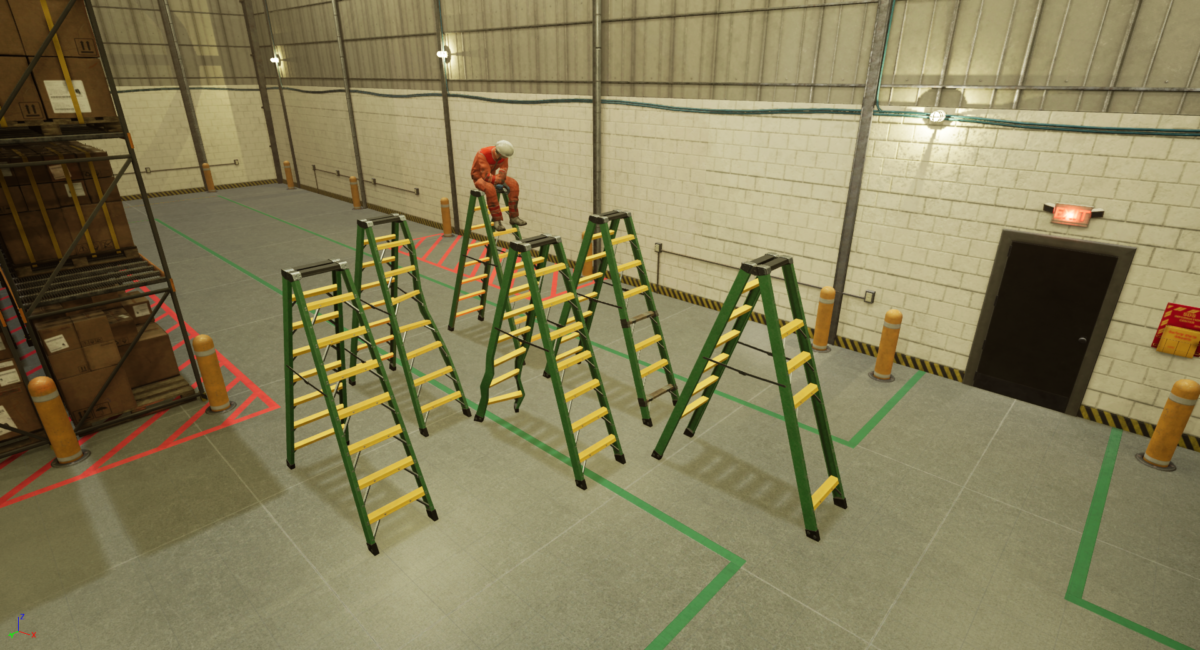Research Study
Video instruction has become all the rage. Khan Academy, Skillshare, Udemy, and a whole host of other video training programs are rapidly offsetting more traditional lecture and seminar-style learning environments.
However, the evolution from in-person to virtual training is not complete.
Research is demonstrating that fully immersive virtual reality training is more effective than video instruction.
Setting Up the VR Training Versus Video Instruction Test
In our survey of recent research around learning technology and virtual reality, we came across this one particular study that was quite interesting.
This study was trying to determine the effectiveness of VR training in teaching student to accomplish physical tasks.
In setting up the experiment the researchers used the mastery of three Tai Chi movements as the learning objective. This physical activity or task was specifically chosen because of its full-body movement and well-defined standard of mastery for each movement or form.
Given this learning objective, the students were then divided into two learning groups. One group would be instructed using fully immersive virtual reality training and the second group would use more traditional video instruction.
For both approaches, they used Tai Chi instructors and recorded them correctly performing the movements. In the case of the VR training, a 3D model of the instructor was constructed such that the student would be learning from a virtual instructor in the same virtual space.
Students in both learning environments experienced two training sessions and a final testing session. Between each session, they were able to review and learn from video captures of their performance.
Following each session, two independent reviewers, trained to judge the specific Tai Chi movements, inspected and graded the students’ videos without knowledge of which learning methodology they used in their training.
In addition, each student was given a questionnaire to self report their subjective evaluation of the training experience – specifically, how connected they felt to the instructor and the learning task itself.
Research Demonstrates VR Training is Better than Video
The clear results of this study were that students trained in the virtual reality training environment performed better.
The VR training cohort’s performance was not only better in the final testing but also after each training session. In fact, on average, the students in the VR training cohort actually performed better after the first training session than the video instructional cohort did after completing the entire program of training and testing.
Students in the VR training cohort also self-reported a higher sense of connectedness to the training.
Why is VR Training Better?
There are a variety of factors that make virtual reality a more effective learning environment, but this specific study highlighted a couple of significant factors.
First, there is the advantage of putting student and instructor in the same virtual space. This creates a level of connectedness and attentiveness to enhances not only learning but also long-term learning retention.
Second, the three-dimensional environment enables the student to choose the learning perspective and reposition as they actively learn.
The opportunity to be a part of an interactive learning environment creates a clear advantage to overall student engagement and performance.
Ready to Evaluate Your Own VR Training Pilot?
Get more information about this study by downloading the original research.
If this has inspired you to create your own VR training program or introducing a VR training module into your overall training program, we would love to talk to you.

PIXO Has Improved VR Management to One Easy Step


Leave a Reply
You must be logged in to post a comment.